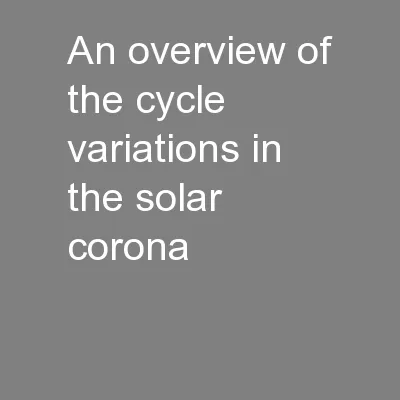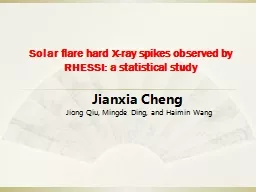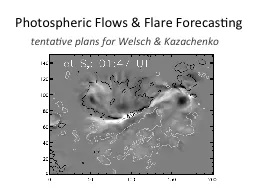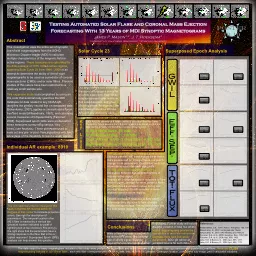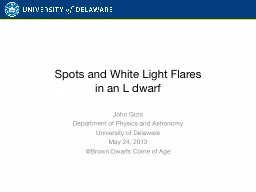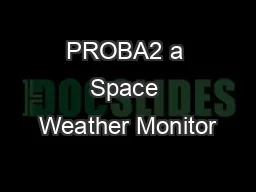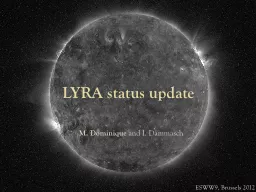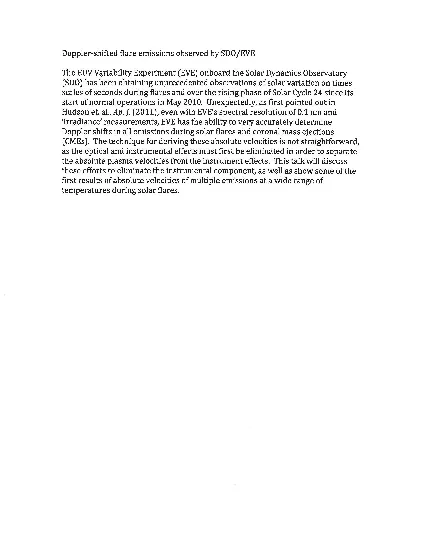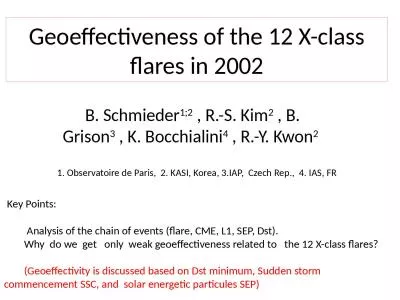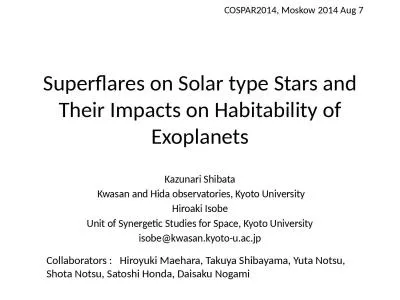PPT-What do we Know of Solar Flares?
Author : kittie-lecroy | Published Date : 2016-11-01
Hugh Hudson SSL UC Berkeley and U Of Glasgow 1 The Sun and its coronawind Solar flares and CMEs Extreme events new facts Nanoflares The Sun itself 2 It is not
Presentation Embed Code
Download Presentation
Download Presentation The PPT/PDF document "What do we Know of Solar Flares?" is the property of its rightful owner. Permission is granted to download and print the materials on this website for personal, non-commercial use only, and to display it on your personal computer provided you do not modify the materials and that you retain all copyright notices contained in the materials. By downloading content from our website, you accept the terms of this agreement.
What do we Know of Solar Flares?: Transcript
Download Rules Of Document
"What do we Know of Solar Flares?"The content belongs to its owner. You may download and print it for personal use, without modification, and keep all copyright notices. By downloading, you agree to these terms.
Related Documents


